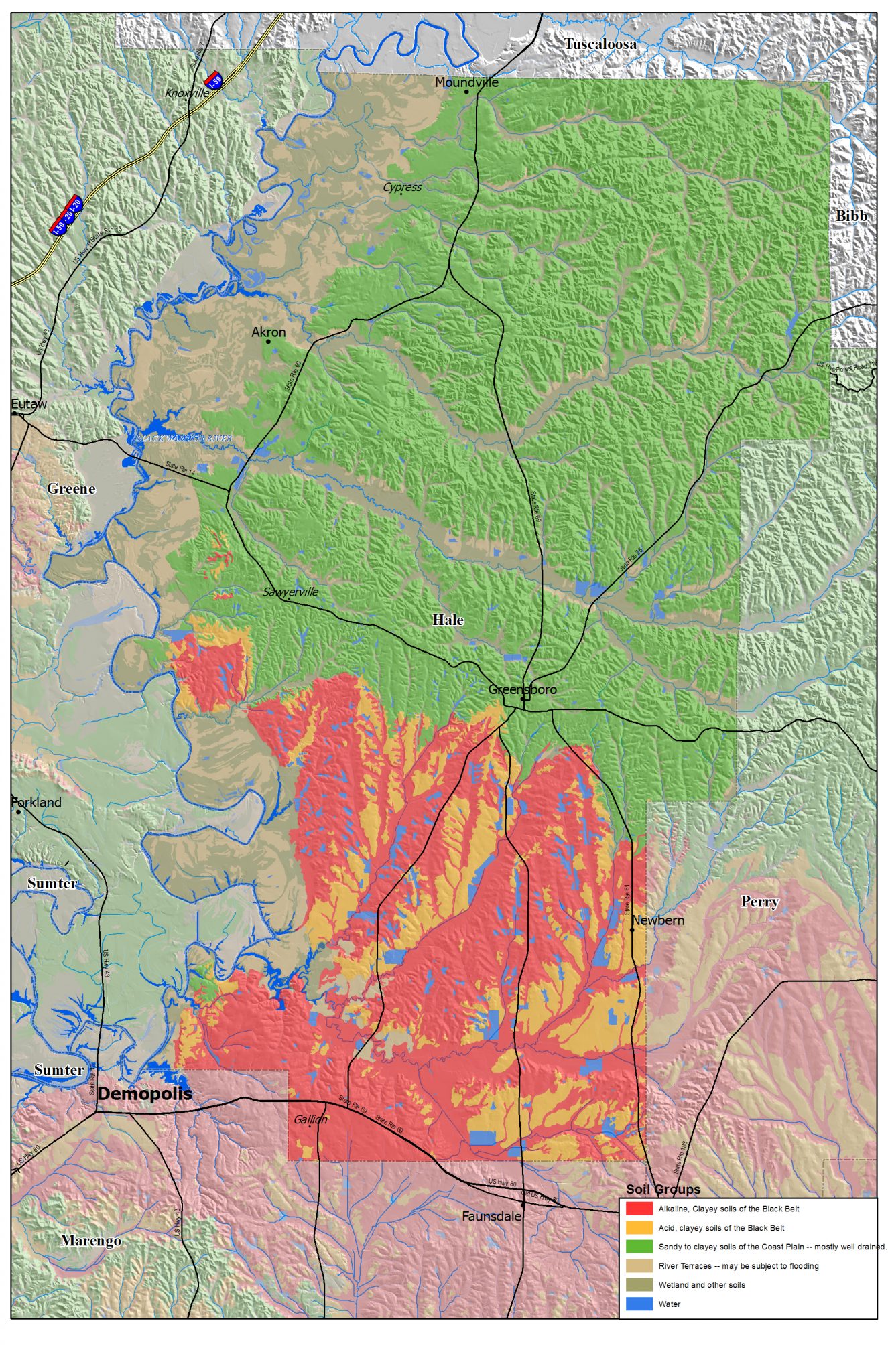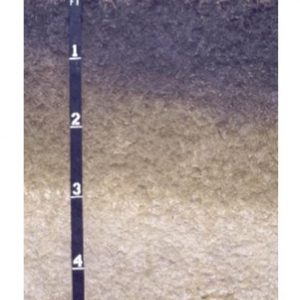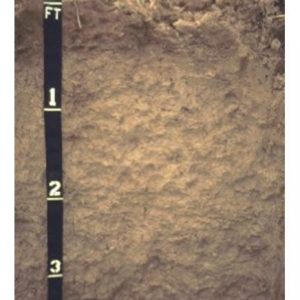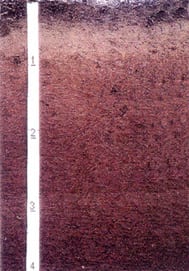Landscaping

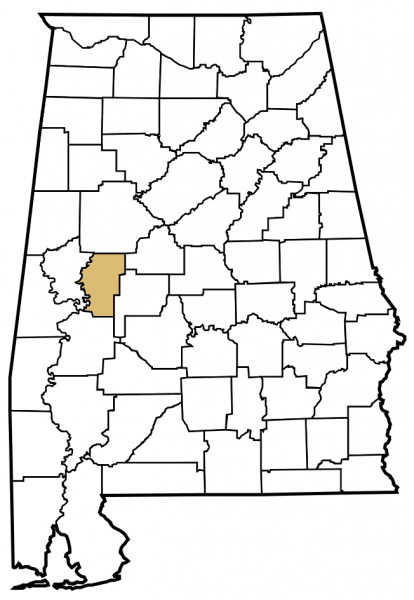 Hale County contains a wide variety of soil types, providing a challenge to homeowners selecting landscape plants. Soil types in Hale include clayey, alkaline Black Belt soils; sandy, well-drained coastal plain soils; clayey acidic Black Belt soils; river terraces and wetlands. This contains detailed descriptions of each soil type and a color-coded map of the county and also includes tips for tree and plant selection.
Hale County contains a wide variety of soil types, providing a challenge to homeowners selecting landscape plants. Soil types in Hale include clayey, alkaline Black Belt soils; sandy, well-drained coastal plain soils; clayey acidic Black Belt soils; river terraces and wetlands. This contains detailed descriptions of each soil type and a color-coded map of the county and also includes tips for tree and plant selection.
Homes are found throughout rural Hale County on a diversity of soils unlike any other region of the South. South of Greensboro, the soils are mostly alkaline and acidic, clayey soils of the Alabama Black Belt prairie region (26%). North of Greensboro are the sandy and loamy upland soils of the Upper Coastal Plain (46%). Alluvial terraces and floodplains are along rivers and creeks (7%). The rest of the county is in wetlands (18%) or water (3.5%).
New residents in homes on these soils may find challenges when selecting landscape plants that will do well on their particular soil. This map and plant selection information may help homeowners and gardeners select the best landscape plants for their site and soil. It will also alert homeowners to challenges such as poor drainage, potential septic tank failures, and home foundation cracking.
Clayey, Alkaline Black Belt Soils (18.8%)
Soils in this group have a surface soil pH above 7.0. They may have a shallow, dark, olive gray, clayey topsoil overlying Selma chalk. Selma chalk is a soft limestone containing calcium carbonate and clay. Runoff can be very rapid on slopes, resulting in a high erosion hazard. These soils have moderately slow to slow infiltration and permeability and moderately high capacity for holding available moisture. They swell when wet and shrink when dry, resulting in large cracks forming during dry periods. This presents problems for home foundations. Septic tank filter fields may need special attention because the soils percolate water very slowly. However, the soils are very good for small pond construction.
Native vegetation includes grasses, deciduous shrubs, red cedars (juniper), and mixed hardwood trees.
Trees other than red cedars do poorly on sites where the chalk is within 12 inches of the surface. Pines do not grow well on these soils. Trees that do well include eastern red cedar, live oak, white oak, pecan, ash, hackberry, crabapple, redbud, and crapemyrtle. Bermudagrass is an excellent lawn grass for sunny areas. Zoysia and St. Augustine will tolerate some shade. In the landscape, avoid acid-loving plants such as azalea, blueberry, hydrangea, gardenia, camellia, and centipedegrass. Landscape plants that do well include most junipers, ornamental grasses, Chinese hollies, yaupon hollies, nandinas, euonymuses, ligustrums, wax myrtles, oleanders, eleagnuses, buddleias, and winter honeysuckles. Raised beds aid drainage and prevent drowning of young plants during wet weather.
Clayey, Acidic Black Belt Soils (7.1%)
These soils have a natural surface pH below 7.0. There may be several feet of acidic, clayey soil overlying alkaline Selma chalk bedrock. For garden vegetables and some ornamentals, ground agricultural limestone may be needed if the soil pH is below 5.5. These soils have slow water infiltration and slow permeability, but a high water-holding capacity. They may be very sticky during wet weather. Like the clayey-alkaline soils, they may swell in wet weather and shrink in dry weather, forming large cracks. These soils present problems for septic tank filter fields and structural foundations, but are well suited to pond construction.
Plants such as azalea and blueberries that have a shallow root system and require well-drained soils do not grow well on these soils. All warm-season, perennial turfgrasses grow well. Pine trees grow well on the better-drained sites, but live oaks, white oaks, red oaks, pecans, and other deciduous trees make better landscape trees. Most landscape plants and gardens benefit from raised beds.
Care should be taken when setting out new landscape plants grown in containers. Avoid digging a hole and putting the new plant in it. This can create what is known as the bathtub effect. The hole can fill with water, which will not drain, and the new plant will die. Mix amendments with the clayey soil and take care to spread the roots of the container-grown plant. Plant high and mulch well. Keep new plants watered in dry weather.
Cultivation may be difficult because of the plastic-like nature of these soils. They dry out slowly and become very hard when dry. Spring tillage is often difficult because of wet soils. Therefore, use a minimum amount of tillage once raised beds are formed. Lots of organic amendments help drainage. Don’t add sand as this only makes these soils more concrete-like in dry weather.
- Figure 1. This Houston clay is typical of the clayey, alkaline Black Belt soils. Note the Selma chalk parent material below 3 feet.
- Figure 2. This Houlka silty clay is a deep, somewhat poorly drained, very slowly permeable, acidic soil found in the flood plains of the Black Belt region.
- Figure 3. This Bama fine sandy loam is a well-drained, moderately permeable soil of the Coastal Plain. It is the state soil of Alabama and is suitable for structures, farming, gardening, and orchards.
Sandy, Well-Drained, Coastal Plain Soils (46%)
These soils are naturally acidic and will require ground limestone and fertilizing according to a soil test for most landscape plants and garden crops. A reddish orange subsoil color is one indication of a well-drained soil.
Surface soils could be very sandy, loamy, or clayey, but all are low in soil organic matter and benefit from generous and frequent applications of organic matter, compost, and mulches. Frequent cultivation or tilling can actually destroy surface soil structure so that hard crusts form after a rain. Plow pans or traffic pans can form 4 to 8 inches deep, which prevent roots from growing deeply and can perch water during wet weather. Farmers use subsoiling to break up these hard pans. Gardeners can use a spade to cut slits into the subsoil or double digging to break through these dense hard pans. Raised beds are not necessary if these soils drain well. If raised beds are used, additional irrigation during dry weather will be needed.
Erosion may be a high risk if the land is cleared and cultivated because many of these soils are on slopes. Soils have no limitations or only slight limitations for small structures, streets, landscaping, and septic tank filter fields.
Most landscape, orchard, and garden plants associated with the southern United States will grow well if properly cultivated. Acid-loving plants requiring a well-drained soil do well with reasonable management. These plants include azalea, blueberry, camellia, gardenia, hydrangea, centipedegrass, magnolia, and pine trees.
River Terraces and Soils That May Flood (6.8%)
These soils are mostly level and may range from sandy to clayey. They can be saturated for long periods of time and may have a risk of flooding. Most are in the flood plains of major rivers and streams. Excessive wetness limits the use of these soils, but they provide excellent forests and habitat for wildlife. Drainage is required for most uses other than woodland and wildlife habitat. Some of the better drained river terrace soils have been used for crop production. Most of these soils are unsuitable for home construction due to wetness, flooding, and septic tank failures. Try to protect riparian areas near streams in order to prevent stream bank erosion and to protect water quality.
Wetlands and Other Soils (17.8%)
These are small areas with mixed soils of the first four groups, poorly drained, floodplain soil, wetlands, or disturbed areas. The nature of a soil at any location may be identified by digging a hole about 3 feet deep and observing changes in the soil horizons (layers).
A simple percolation test for internal drainage can be done by filling the hole with water and observing how fast the water drains out of the hole. Sites where water moves down an inch or more per hour is a well-drained soil. A surface soil test will determine if the soil is acidic (pH lower than 7.0) or alkaline (pH higher than 7.0).
Consulting a detailed soil map of Hale County will be helpful for large tracts of land.
Double Digging
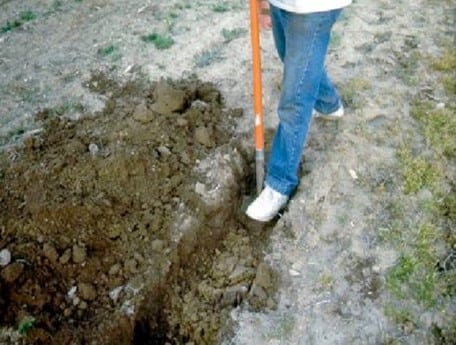 Double digging is a technique used to break up hard, compacted soils, relieve hardpans, and create a deep rooting environment in sandy to loamy soils. Double digging is ideal for creating small beds or for working up rows of garden crops for sandy or loamy soils. This technique is not necessary for cracking clays. Vegetable gardeners will find it easier to double dig directly under the row and maintain this row for several years without additional tillage.
Double digging is a technique used to break up hard, compacted soils, relieve hardpans, and create a deep rooting environment in sandy to loamy soils. Double digging is ideal for creating small beds or for working up rows of garden crops for sandy or loamy soils. This technique is not necessary for cracking clays. Vegetable gardeners will find it easier to double dig directly under the row and maintain this row for several years without additional tillage.
The technique consists of digging a trench the depth of the shovel where the row is to be and placing the topsoil from the trench to one side of the row. Once the trench is dug, add ground limestone to the bottom of the trench, usually about 2 pounds per 20 feet of trench, if needed. In the bottom of the trench, force the shovel into the subsoil as deep as possible and turn this subsoil over in the trench. Continue doing this the length of the trench. This is the double dig. Now place the original topsoil back into the trench.
Use this opportunity to build a raised bed on top of the trench if needed. Smooth the bed, and set out plants or plant seed. Depending upon the final width of the bed and crop to be grown, one or two rows can be planted on top of the same trench.
Plant Selection & Soil Types
Charles C. Mitchell, Extension Specialist, Professor, Agronomy and Soils, Auburn University, Donn Rodekohr, Advisor Natural Resource Program, and Willie Datcher, Regional Extension Agent, Home Grounds. Photos courtesy of Joey Shaw, Alumni Professor, Agronomy and Soils, Auburn University
Reviewed October 2021, Soil Descriptions and Plant Selections for Hale County, ANR-1376

